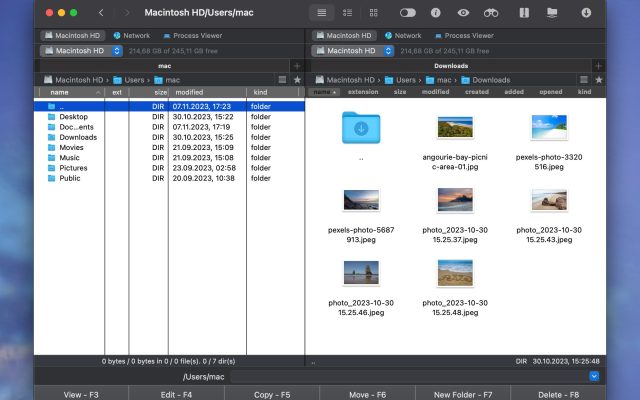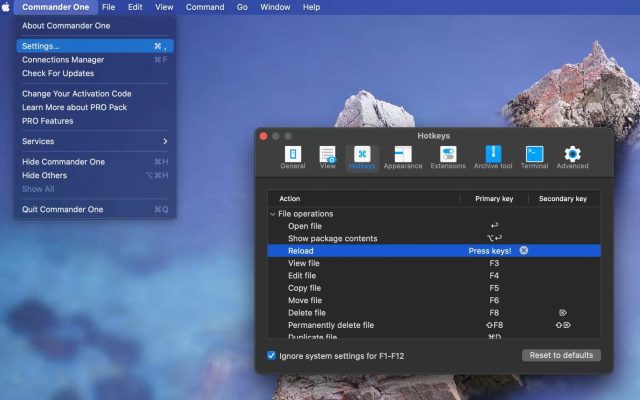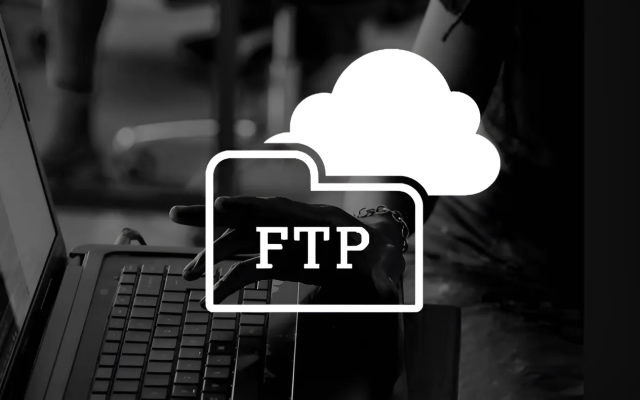- File manager for Mac
- FTP client for Mac
- What is FTP and how to connect to FTP server?
What is FTP and how to connect to FTP server?

First, let’s define what is FTP. File Transfer Protocol, or simply FTP is a network code that’s dedicated to file transfers between computers. It uses a Transmission Control Protocol connection, and in this microenvironment, FTP is an application layer. In simpler words, what is an FTP? Is a way of moving files from a computer to another through the Internet. FTP is one of the first solutions developed to solve the file transfer need and currently is the second most preferred protocol after HTTP.
What is FTP Server?
An FTP server is any computer connected to the Internet that offers FTP access. Such computer is also called an FTP host and uses this protocol similar to opening any Internet browser to access a downloaded folder. To simplify even more the FTP server meaning, it is a software application that allows files transfer between two computers connected to the Internet.
FTP servers perform only 2 actions: “PUT” and also “GET”. This means you can either put files on an FTP server or you can download/get files from one. This type of file transfer is best used for files to which security is not an issue.
FTP Meaning. What Does FTP Stand For?
FTP means File Transfer Protocol, it is standard networking used to file transfer between one entity, let’s say a client, and another, named server. FTP has been established back in the 1970s to help people or organizations to share files between one computer to another. FTP uses port 21 as its main communication form and will only work with clients that use port 21 as well.
A lot of the Internet’s content uses FTP. For example, web pages are uploaded on the Internet by using FTP protocols. Web pages are essentially created on a local computer, then they are sent to the web server using FTP.
How does FTP work?
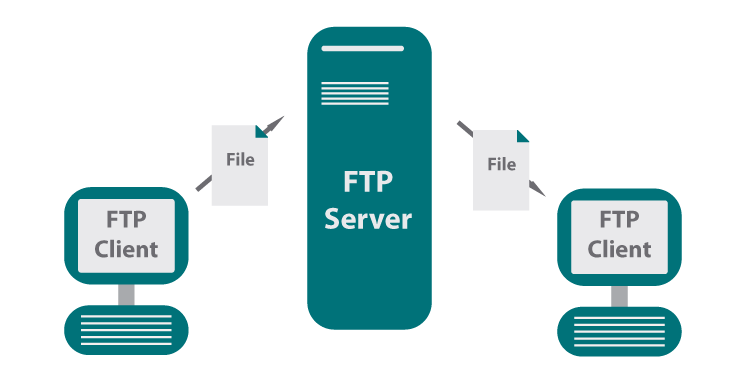
FTP is a simple file transfer protocol. It only requires a username and a password to be able to access a server. It’s as easy as logging into an account or your personal computer.
Some FTP servers don’t even require an account in order to access them. As mentioned before, FTP uses port number 20 or 21. For example, an FTP client server such as Commander One or FileZilla sends a request to a server on port number 21. The port is the connection control, where the client can send and receive directions and responses. There are several types of FTP from server to client, such as:
- Anonymous FTP – is also the most common FTP type that works on port 21. It’s an encrypted data transfer, without a username and password.
- Password-protected FTP – just like the previous type, it’s a very common practice, but this one does require a password.
- Secure FTP – also known as FTP Secure Sockets Layer, it uses Transport Layer Security for every transfer established. It’s a much more secure data transfer and it mainly uses port 990.
In most of cases, the user needs to log into the FTP server through a FTP client and establish a connection. For file and folder transfer, the FTP uses a different connection, named data connection. This type of connection has two ways: active and passive, which we will explain more in this article.
Active vs Passive FTP Server Connections
To a better understanding of FTP, it’s important to explain how the data connection works.
Active server connection is when the client opens a port and waits until a server connects to it. The FTP client can connect from a random port to port 21 of the needed server. After, it sends a command to the server which tells it where to connect. Finally, the server connects from port 21 to the port signaled by the FTP client. Once this connection is fully established, the data transfer can take place between the two.
The passive server connection is mainly used when the FTP client can’t access the connection. It usually means it’s blocked by a firewall. In such situation, the user connects from a random port to the FTP client and then to port 21 of the FTP server. The passive connection is much more secure and most IT admins prefer it.
I need to connect to my web server via FTP from my macOS. When I connect via hotspot from my iPhone, I can't connect to FTP. The error message is "Connection timeout". The Internet in the web browser is working perfectly, but the FTP connection doesn't work. I tried several FTP clients (Filezilla, Forklift), but still the same problem— from Apple Support Community
How to use FTP?
To use FTP, you simply need a File Transfer Protocol software and to follow some very simple steps. Let’s say you have a Mac device and want to do a file transfer using Commander One. Here is the simple way to use FTP to safely get your files from one place to another:
1. Download and install Commander One on your device.
2. Launch Commander One FTP client.
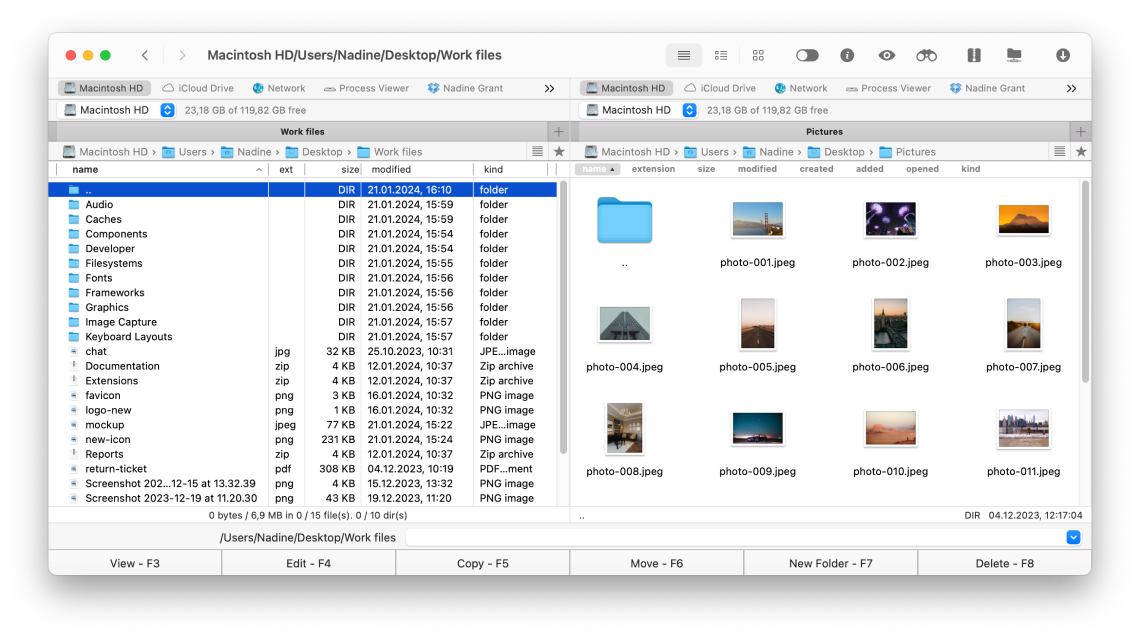
3. Open the connection manager by either clicking on the icon toolbar, selecting Windows -> Connection Manager from the menu, or use Command+F key combination.
4. Select FTP and complete the settings.
5. Complete the connection name, server’s address and port, as well as your login credentials.
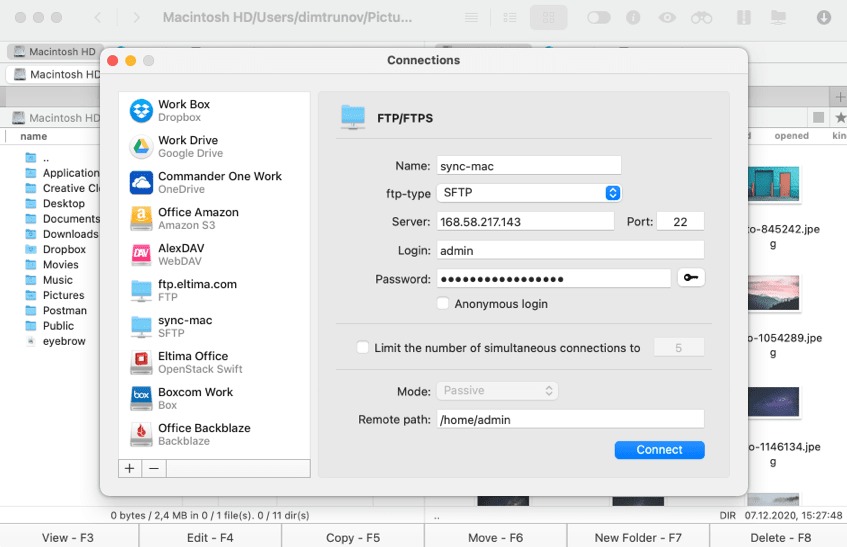
6. Pick the connection: active or passive.
7. Choose the remote path, the way through which the server will transfer the files.
8. Connect and that’s about it!
Is FTP secure?
This is a question that’s on many people’s minds, especially now when the Internet has become such a big part of our personal and business lives. FTP was not created to be secure, as it’s one of the first type of file transfer ever created. They mainly rely on a generic username and password, which is a very futile type of authentication. However, there are two types of secure FTPs: SFTP and FTP/S. They both have been designed to address the main security issue FTP has.
Conclusion
Although FTP is not very secure, it can be a great method to quickly send your files from a computer to another. There’s multiple File Transfer Protocol clients developed lately, which can assure a secure and fast file transfer. Among popular ones is Commander One, which has multiple features that will make the FTP experience a great one.
Frequently Asked Questions
File Transfer Protocol might be use for business purposes, such as transferring non sensitive documents from a computer to another, or websites might use FTP to download and upload files from a website’s server.
As it does not use encrypted data transfer, FTP is quite exposed to vulnerabilities. As the files are only protected by a generic username and password, anyone can hack them. This is why it’s advised to only use FTP for non sensitive content.
FTP uses 2 ports so that data traffic can come from two different sources at the same time to the host. As it is an old protocol, there’s been needed 2 ports to be able to handle data flow in a timely manner.
FTP is secure, as long as you don’t use it for classified documents, sensitive content or anything that might be subjective to hacking.
The main difference between HTTP and FTP is that HTTP is mostly used to access websites on the Internet. FTP is mainly used to transfer files from one host to another. HTTP is great at establishing data connection only, while FTP is good with data connection and control connection too.

